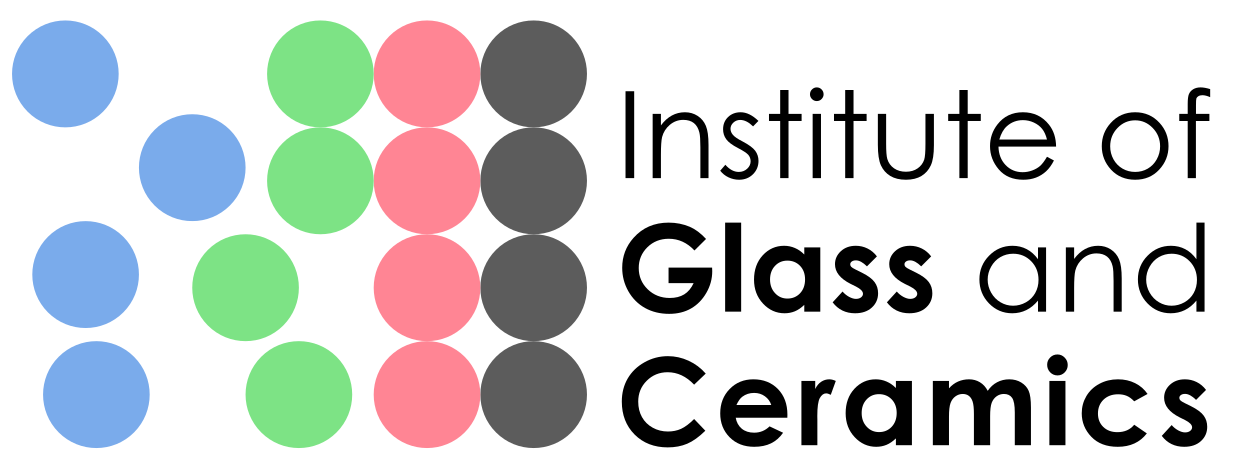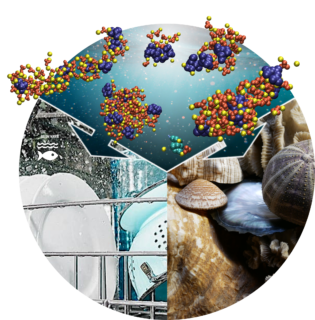Using Chaos against Calcification: a “hot” paper in “Angewandte Chemie”
How small molecules avoid unwanted precipitation
Calcite is the most stable mineral form of calcium carbonate encountered everywhere from ocean corral and oyster shells to hard water scale deposits in place such as pipes, showers, and dishwashers. When calcite precipitates from solutions of calcium carbonate the process begins with amorphous precursors. Special small molecule additives can disrupt this process and have dramatic effects on calcium carbonate precipitation. An international team of researchers from The Friedrich-Alexander-Universität Erlangen-Nürnberg, the Jülich Center for Neutron Research, both in Germany, the Technion-Israel Institute of Technology and Procter & Gamble unraveled how small molecule additives can stabilize amorphous precursors through specific interactions. Effective anti-scale agents bind to the amorphous precursors, masking calcium and causing substantial disorder in the arrangement of the calcium and carbonate ions, dramatically delaying the formation of mineral calcite. This research provides tools for the rational design of new anti-scale additives, which will enable the development of sustainable materials to address the challenge of calcite scale for consumers and industry.
The original research was coordinated by Stephan E. Wolf (Biomimetic Materials Group, WW3) and Dirk Zahn from CCC (Chemistry Department, FAU); further key collaborators from WW3 were Prof. de Ligny and Dr Rita Cicconi. It is to appear in Angewandte Chemie Int. Ed., a leading journal in the field of applied and fundamental chemistry. The study was ranked as a “hot paper” and is featured on the title of the upcoming issue of the journal.
Check out the early view: https://onlinelibrary.wiley.com/doi/epdf/10.1002/ange.202208475

